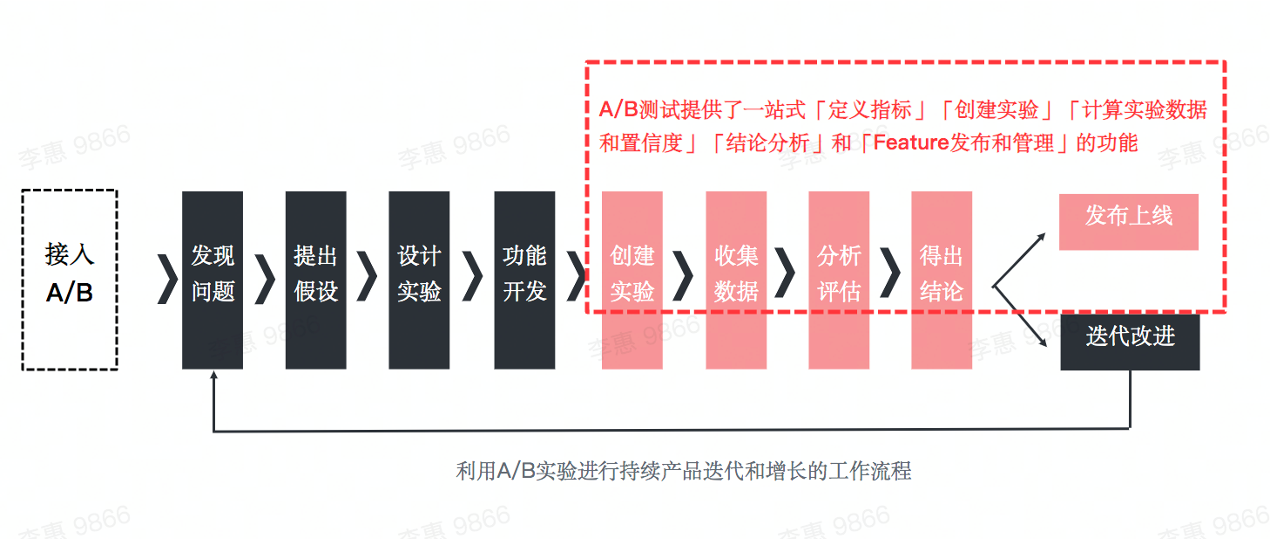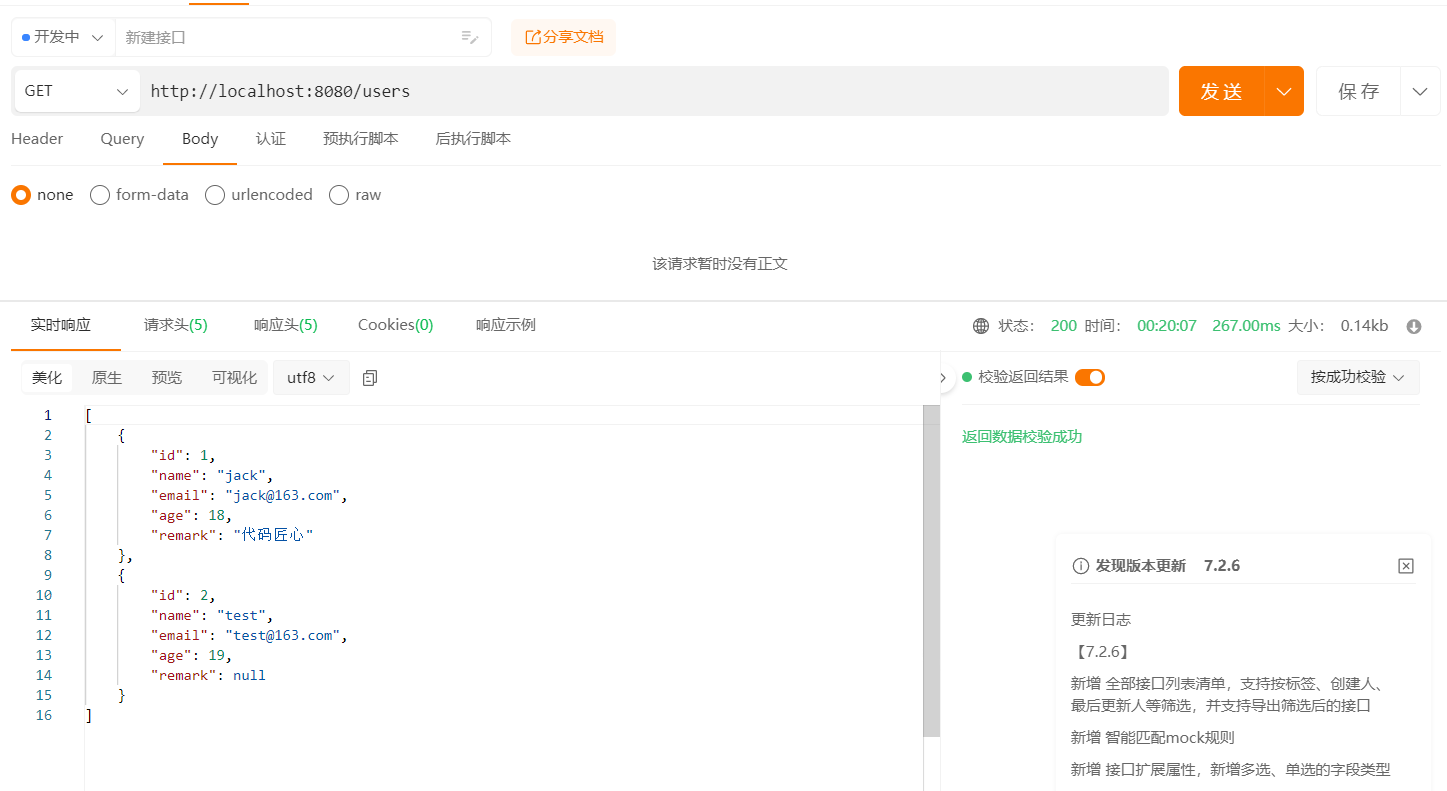A
代码
#include <bits/stdc++.h>using namespace std;using ll = long long;bool solve() { int n, m, k; cin >> n >> m >> k; int x, y; cin >> x >> y; bool ok = 1; for (int i = 1;i <= k;i++) { int xx, yy; cin >> xx >> yy; ok &= abs(x - xx) + abs(y - yy) & 1; } if (ok) cout << "YES" << '\n'; else cout << "NO" << '\n'; return true;}int main() { std::ios::sync_with_stdio(0), cin.tie(0), cout.tie(0); int t = 1; cin >> t; while (t--) { if (!solve()) cout << -1 << '\n'; } return 0;}B
代码
#include <bits/stdc++.h>using namespace std;using ll = long long;vector<int> c[200007];bool solve() { int n, k; cin >> n >> k; for (int i = 1;i <= k;i++) c[i].clear(); for (int i = 1;i <= k;i++) c[i].push_back(0); for (int i = 1;i <= n;i++) { int x; cin >> x; c[x].push_back(i); } for (int i = 1;i <= k;i++) c[i].push_back(n + 1); int ans = n; for (int i = 1;i <= k;i++) { priority_queue<int> pq; for (int j = 1;j < c[i].size();j++) pq.push(c[i][j] - c[i][j - 1] - 1); int mx = pq.top(); if (mx) { pq.pop(); pq.push((mx - 1) / 2); pq.push(mx / 2); } ans = min(ans, pq.top()); } cout << ans << '\n'; return true;}int main() { std::ios::sync_with_stdio(0), cin.tie(0), cout.tie(0); int t = 1; cin >> t; while (t--) { if (!solve()) cout << -1 << '\n'; } return 0;}C
题意
给定长为 \(n\) 的数组 \(a,b\) ,每次操作使得 \(a_i,b_i = b_i,|a_i-b_i|(1\leq i \leq n)\) 。
问是否可以通过若干次操作使得 \(a_i = 0(1 \leq i \leq n)\) 。
题目
知识点:数论。
注意到,操作到最后一定能使得 \(a_i = 0\) ,并进入周期为 \(3\) 的循环,那么只要每个位置的数字进入循环的操作次数模 \(3\) 同余即可。
模拟操作显然是不行的。注意到 \(a_i \geq 2b_i\) 时,有 \((a_i,b_i) \to (b_i,a_i-b_i) \to (a_i-b_i,a_i-2b_i) \to (a_i-2b_i,b_i)\) 。因此,可以直接 \(a_i \bmod 2b_i\) ,这样不影响操作次数模 \(3\) 的结果。随后,执行操作一次继续上述操作。
时间复杂度 \(O(n \log 10^9)\)
空间复杂度 \(O(n)\)
代码
#include <bits/stdc++.h>using namespace std;using ll = long long;int a[100007], b[100007];bool solve() { int n; cin >> n; for (int i = 1;i <= n;i++) cin >> a[i]; for (int i = 1;i <= n;i++) cin >> b[i]; int ok = -1; for (int i = 1;i <= n;i++) { if (a[i] == 0 && b[i] == 0) continue; int tmp = 0; while (a[i]) { if (b[i]) a[i] %= 2 * b[i]; swap(a[i], b[i]); b[i] = abs(a[i] - b[i]); (++tmp) %= 3; } if (ok == -1) ok = tmp; else if (ok != tmp) return false; } cout << "YES" << '\n'; return true;}int main() { std::ios::sync_with_stdio(0), cin.tie(0), cout.tie(0); int t = 1; cin >> t; while (t--) { if (!solve()) cout << "NO" << '\n'; } return 0;}D
题意
初始时有奖金 \(s\) ,接下来可以执行 \(k\) 次操作,每次操作以下的一种:
- 奖金 \(s\) 加上 \(s\) 的个位数字。
- 使用奖金 \(s\) ,不会使得奖金减少,使用的奖金会累加。
问最多能使用多少奖金。
题目
知识点:数学,三分。
显然要尽可能将 \(s\) 变大,再开始使用。
模拟操作1显然复杂度不行,考虑找到 \(s\) 增加的循环节。
我们发现 \(s \bmod 10 = 0 \text{ 或 } 5\) 时,至多操作 \(1\) 次的答案的最大值即可。
对于其他情况,至多操作 \(1\) 次就会进入 \(6,2,4,8\) 的循环,因此同样也记录不操作的答案和操作 \(1\) 次的答案的最大值,之后可以利用循环快速计算答案。
对于一开始的贪心结论,我们很容易想到凸函数三分求极值,但样例提示这不是一个凸函数。注意到,循环节长度只有 \(4\) ,若我们枚举终点在循环节中的位置,那么剩下的就是以常数 \(20\) 增加,这显然是个凸函数,可以用三分。
进一步地,最后那个凸函数是个二次函数,也可以直接求抛物线对称轴得到最值。
时间复杂度 \(O(\log k)\)
空间复杂度 \(O(1)\)
代码
#include <bits/stdc++.h>
using namespace std;
using ll = long long;
bool solve() {
ll s, k;
cin >> s >> k;
ll ans = s * k;
s += s % 10;
k--;
ans = max(ans, s * k);
if (s % 10 == 0) {
cout << ans << '\n';
return true;
}
auto check = [&](ll x) {
return (s + x * 20) * (k - x * 4);
};
for (int i = 0;i < 4 && k;i++, s += s % 10, k--) {
ll l = 0, r = k / 4;
while (l <= r) {
ll mid1 = l + (r - l) / 3;
ll mid2 = r - (r - l) / 3;
if (check(mid1) <= check(mid2)) l = mid1 + 1;
else r = mid2 - 1;
}
ans = max(ans, check(r));
}
cout << ans << '\n';
return true;
}
int main() {
std::ios::sync_with_stdio(0), cin.tie(0), cout.tie(0);
int t = 1;
cin >> t;
while (t--) {
if (!solve()) cout << -1 << '\n';
}
return 0;
}







![用C#发送post请求,实现更改B站直播间标题[简单随笔]](https://img2023.cnblogs.com/blog/3012723/202212/3012723-20221207191923398-800987349.png)












